Author: Director of the Saint Louis Zoo Center for Conservation in Western Asia and Curator of Herpetology and Aquatics Justin Elden
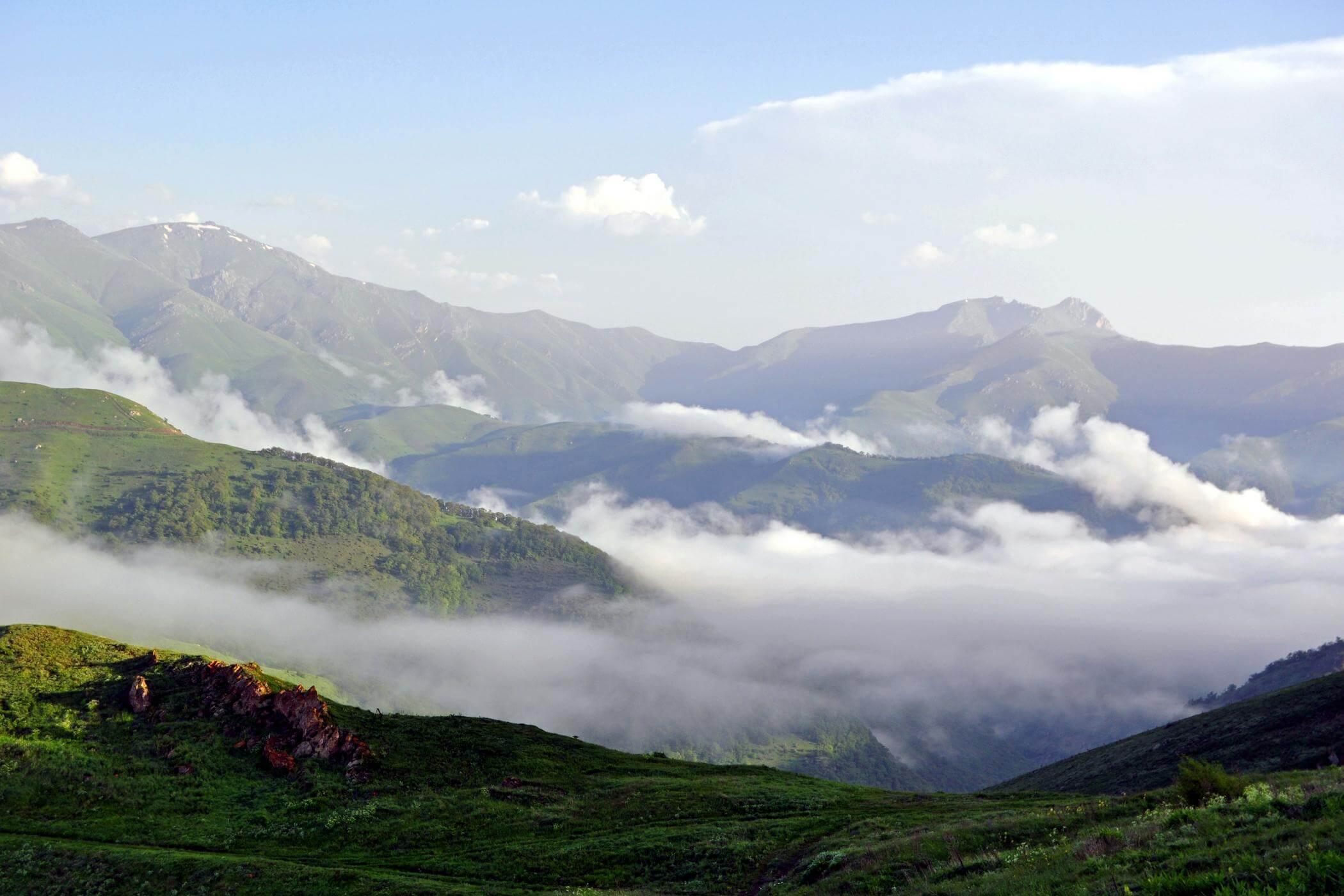
Nestled within the diverse landscapes of Armenia lies amazing reptile diversity, including many species of lizard. From rocky plateaus to arid deserts, this ancient land hosts an intriguing array of lizard species that have evolved to thrive in its distinct environments.
Through the Saint Louis Zoo WildCare Institute Center for Conservation in Western Asia, I have been working in Armenia for nearly 10 years carrying out field research on reptiles and their habitats. Though this work is focused primarily on endangered vipers and protecting their habitat, we come across many amazing species of lizard while carrying out field work in numerous mountains and valleys. Lizards are a great indicator for overall ecosystem health and seeing them in habitat allows us to assess the environment.
Delving into the world of Armenia's lizard species, we often see Eumeces schneiderii, or Schneider's skink in arid habitats. This reptile prefers sparsely vegetated areas, where it skillfully navigates the undergrowth in search of insects and small invertebrates. Characterized by its smooth, shiny scales, the Schneider's skink possesses an elongated body and short legs that are well-suited to its fossorial (burrowing-focused) lifestyle. This species can get quite large and is a favorite of mine to come across in the field.
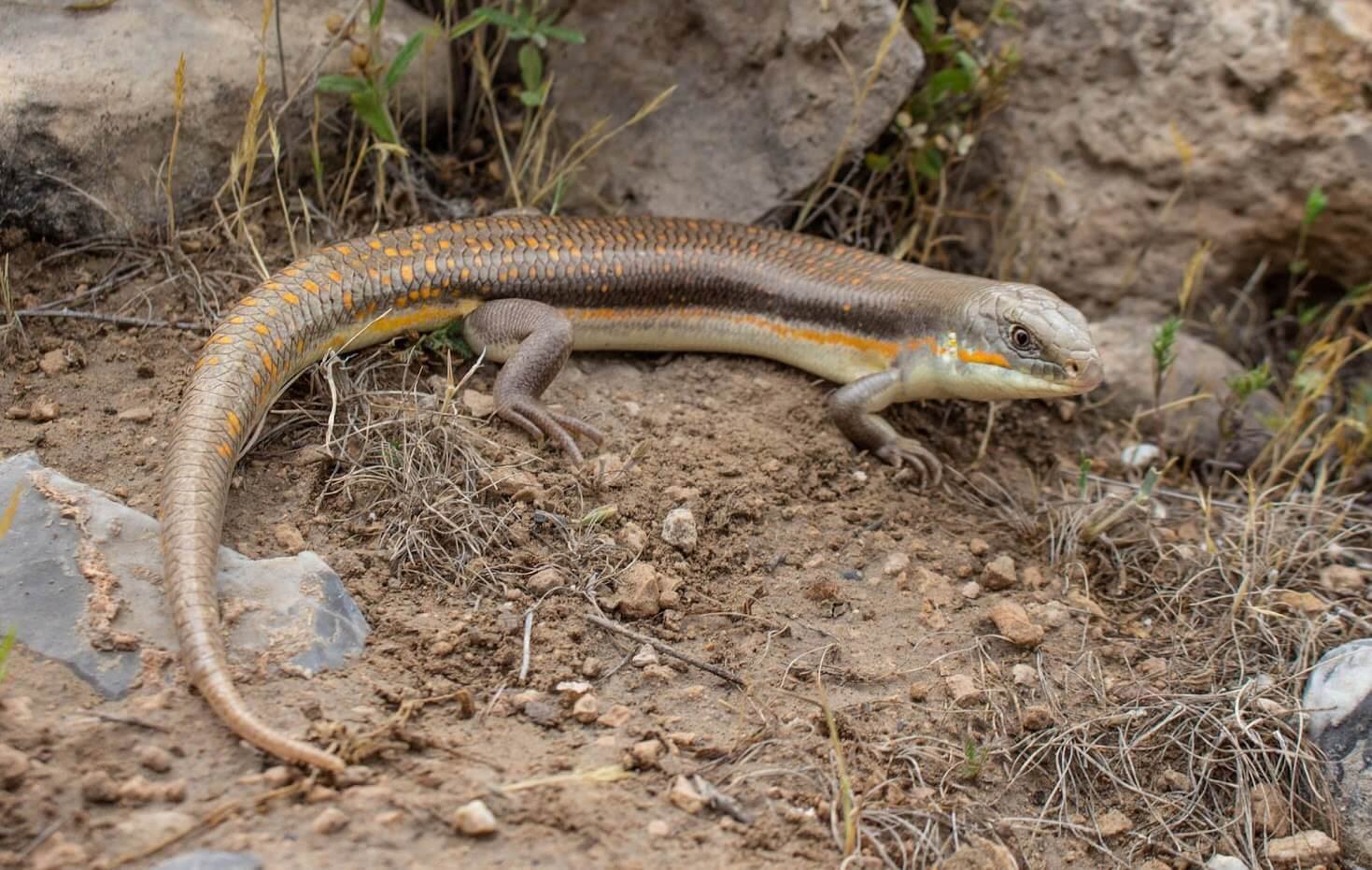
The green sand lizard, Lacerta media, is a palette of color and pattern. Thriving in rocky habitats, its distinct mosaic-like markings make it an iconic sight in Armenia’s highlands...which is also where we carry out research on the Armenian viper! Since we are often in the perfect habitat for this species, we see many sand lizards during our expeditions. But they can be hard to locate to the untrained eye. This lizard's ability to blend seamlessly with its green, lush surroundings allows it to evade predators (and often herpetologists).
As a sunbather, the sand lizard strategically utilizes its rocky habitat to regulate body temperature while showcasing its stunning colors. This species can occur at very high elevations, and we have seen them basking on cool mornings during many trips.
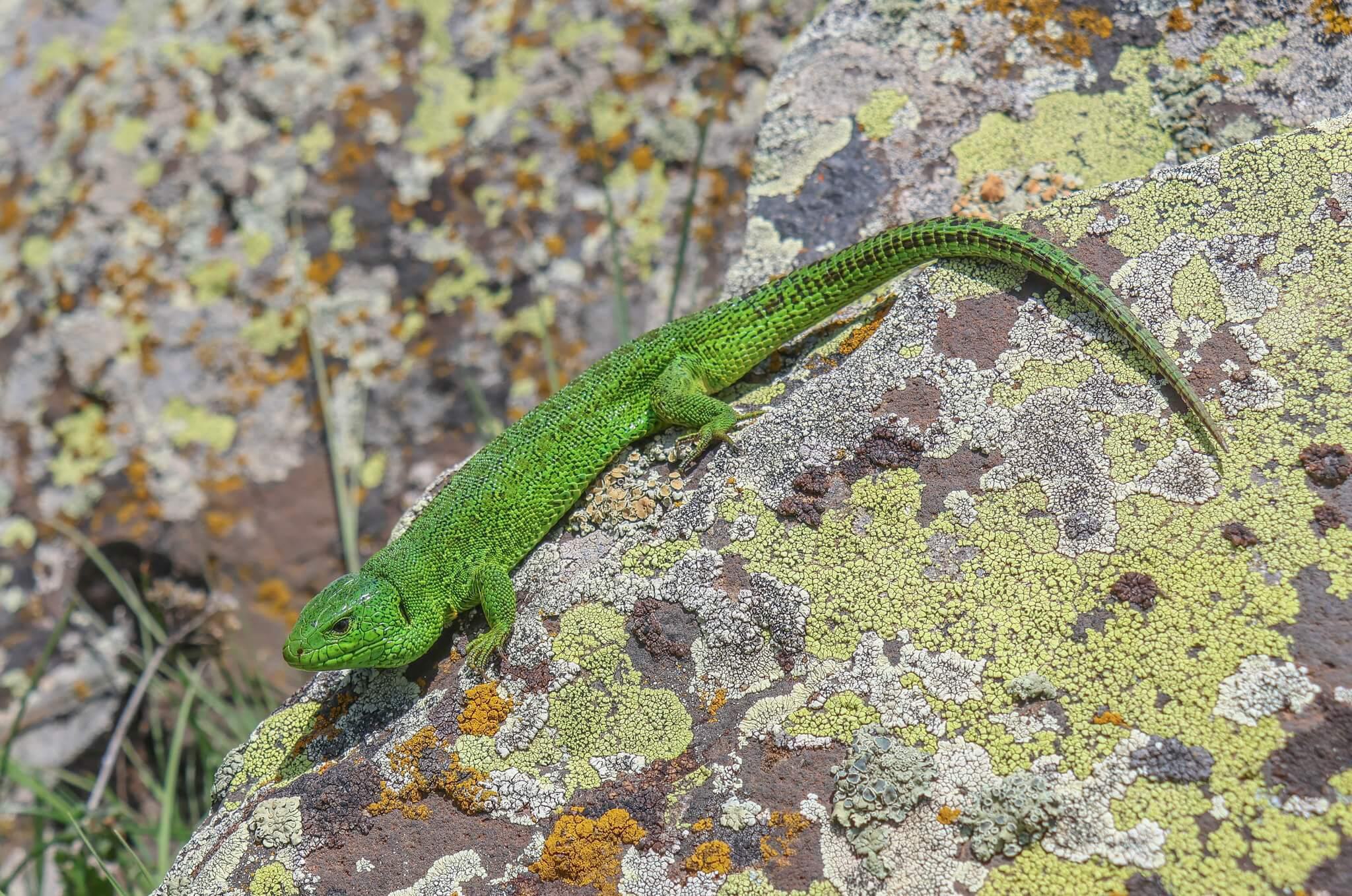
Darevskia nairensis, commonly known as the Armenian lizard, is a testament to the remarkable diversity within Armenia's borders. Its adaptability is apparent in its habitat preferences, as it can be found in rocky areas, grasslands, and forests. This lizard's coloration varies, showcasing an intricate balance of browns and grays to aid in camouflage. The Armenian lizard's ability to traverse diverse environments reflects its resilience and adds to Armenia's rich biodiversity.
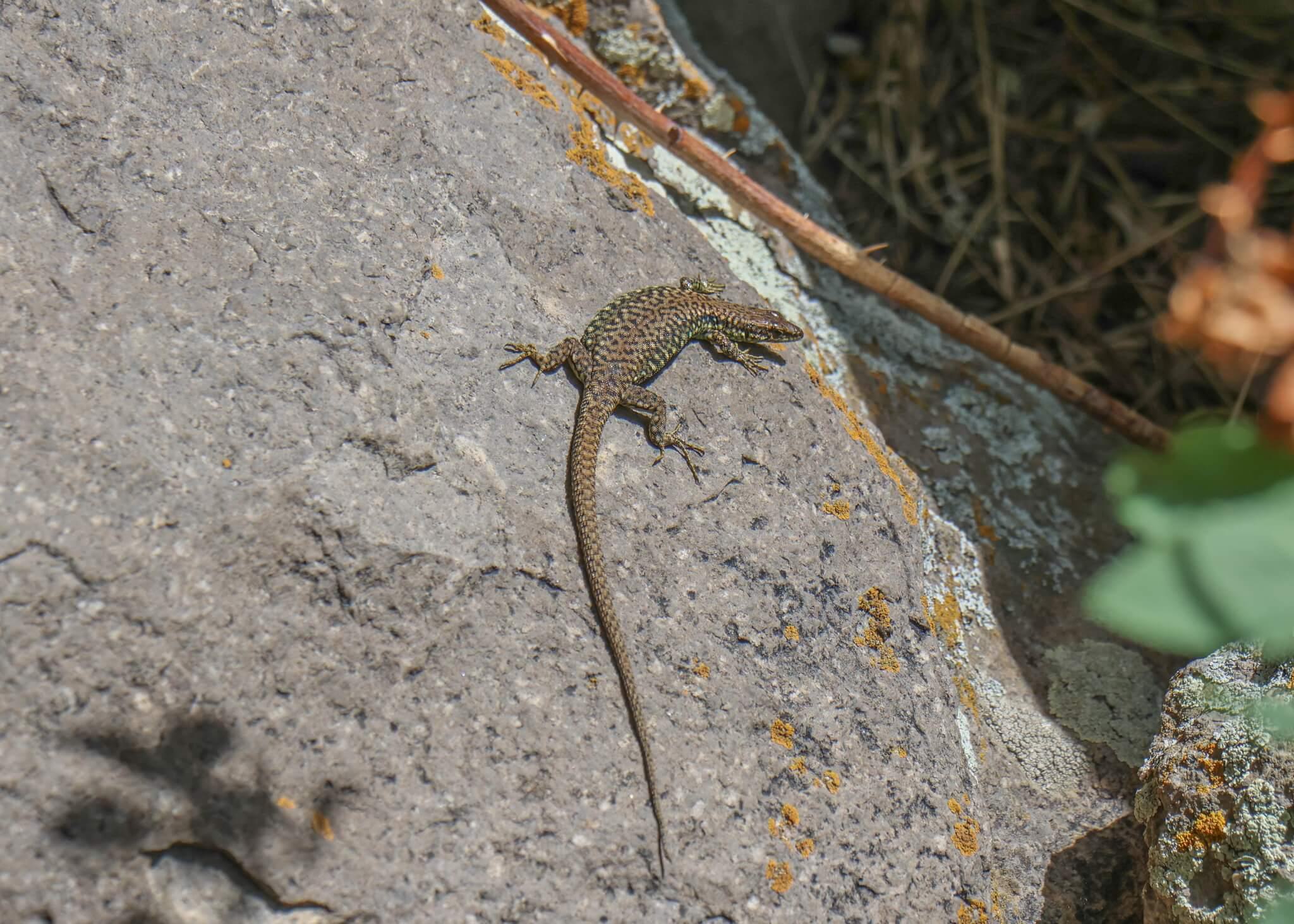
The Pleske's racerunner, Eremias pleskei, stands as an embodiment of adaptation to the harsh conditions of Armenia's lowland deserts, where it is endemic to. With its streamlined body and elongated limbs, it glides across the sandy terrain and makes for a difficult subject to photograph. Its diet primarily comprises insects, which it catches with ease as its incredibly quick.
The Pleske's racerunner is not just a marvel of locomotion, but also a vital component of Armenia's desert ecosystems which are an endangered habitat in this small country. As the habitat for this species is shrinking, so has the lizard’s population. This animal is critically endangered and faces a high risk of extinction in the wild. Luckily, our colleagues in country have been studying this species for some years, and it seems their populations may be rebounding due to formal protections. We look forward to helping to with future work with this species in the future to ensure their conservation.
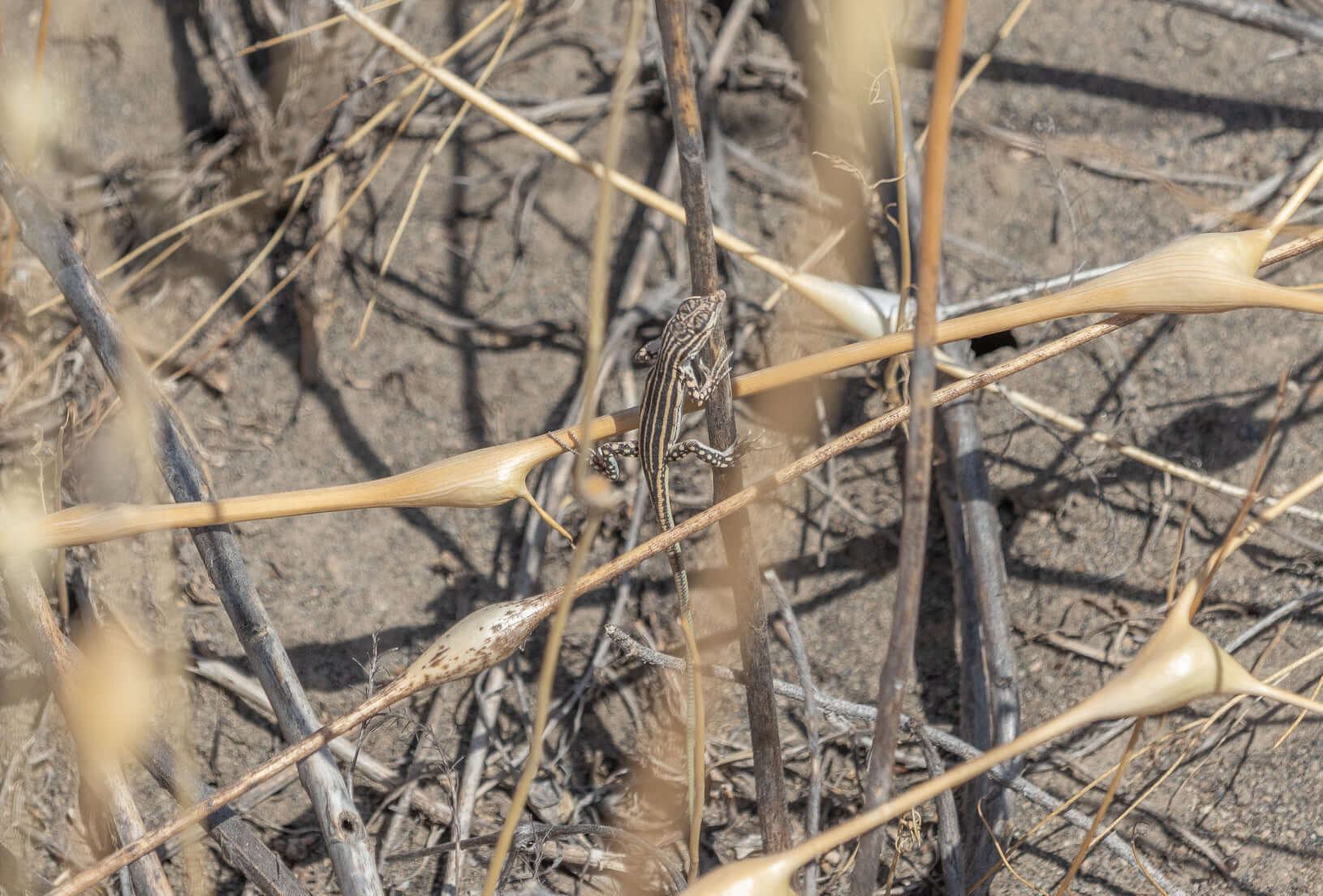
Armenia's lizard species collectively show off the country's vibrant biodiversity and its capacity to support a range of habitats, from rocky landscapes to desert sands and forested enclaves. They serve as a reminder of the delicate balance of life that exists within western Asia's ecosystems. With ongoing conservation efforts, these remarkable lizard species can continue to thrive and contribute to the broader understanding of the intricate relationships between organisms and their environments.
Through our efforts in Armenia we have helped to expand the boundaries of protected areas as well as provide justification for further protection of new areas. The flagship species for the Center for Conservation in Western Asia is the Armenian viper – but by protecting this species, we also protect an amazing array of other species of plant and animal, from birds to mammals, and even lizards.

